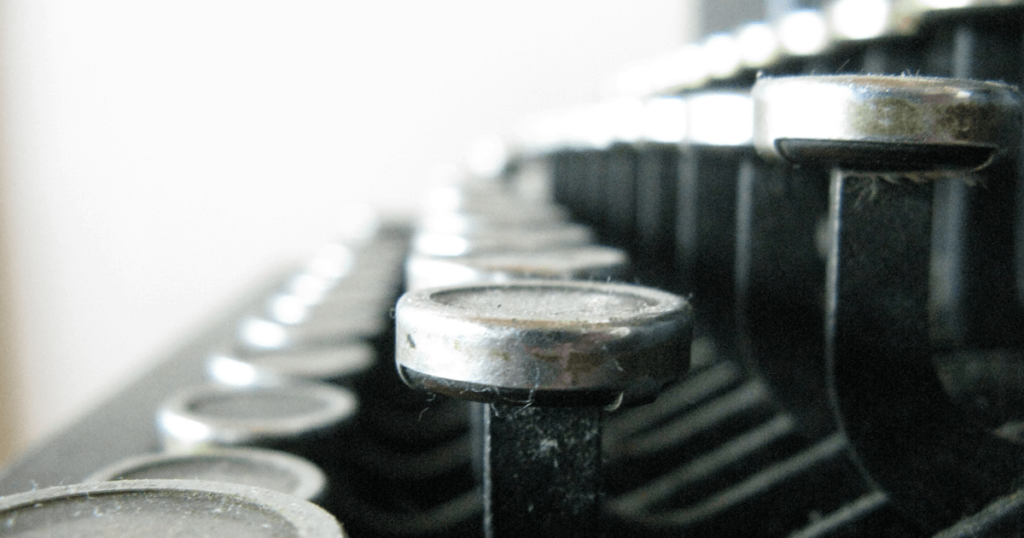The Chinese Typewriter: A History
Read an excerpt from Thomas Mullaney’s exploration of quick changing key strokes in China

It’s not often that you hear the metallic tings and tangs of a typewriter these days—we’ve moved on to the softer tones of thumbs drumming on touchscreens. But not too long ago, the typewriter was an indispensable tool, not an antique store find. The QWERTY keyboard, though, has remained steadfast through myriad technological upheavals: A is on the far left, L on the far right. But what about languages that are character-based instead of alphabetic? How can a keyboard possibly fit in every symbol? Thomas Mullaney, in his new book The Chinese Typewriter, chronicles the People’s Republic’s century-long quest to unite language and technology into universal expression. Ting.
By the year 1915, China was no longer a country in search of a typewriter. To the contrary, there now existed two types of Chinese typewriter, each putting forth a different approach to the question of Chinese technolinguistic modernity, and each departing dramatically from the Western typewriter form. Manufacturers in China and abroad would now have to choose between them—to decide which, if either, constituted a promising path forward. The common usage approach to Chinese typewriting tapped into widespread concerns and longstanding research among Chinese elites into the question of the “foundational” vocabulary of a modern Chinese citizenry, and in that sense could perhaps render this machine understandable and comprehensible to customers already familiar with the notion of “common usage” in other contexts. Yet the common usage approach could never hope to encompass the entirety of the Chinese language, which for an inscription device meant something quite different than in the context of Chinese-language pedagogy. To learn and memorize a core set of “foundational characters” in no way prevented a student from eventually expanding beyond those lexical boundaries, whereas in the case of the typewriter, common usage formed a more or less impassable horizon. In this respect, modern Chinese information technologies premised upon the common usage model would necessarily be marked by an irresolvable restlessness, with elites, educators, and entrepreneurs forever battling one another over the authority to define the boundaries separating first- and second-class characters, and the boundaries separating which characters to include and which to banish. The price of technolinguistic modernity so conceived would be that of division, restlessness, and the constant policing of boundaries.
Qi Xuan and his divisible type machine put forth a strikingly different answer to the question of Chinese writing. In contrast to the common usage model, this machine offered up a vision of modern Chinese inscription that would embrace frequent and infrequent characters alike, quieting the mania and incessant lexical self-improvement of common usage systems, and thereby unifying the Chinese script within a new technolinguistic domain. But technolinguistic modernity of this variety would come with its own compromise, as well. To achieve this unity and “leave no character behind,” it would first be necessary to shatter Chinese characters into pieces, giving up on the idea that characters—and even the beloved brushstroke—constituted the ontological foundation of Chinese writing. Instead, both strokes and characters would have to cede the throne to “the radical,” the once taxonomic and etymological entity now reimagined as the productive “root” of Chinese writing itself. This ontological revolution necessarily brought with it a politics over which the common usage model never had to fret: the politics of Chinese aesthetics in the age of mechanical reproduction.
Excerpted from The Chinese Typewriter: A History by Thomas S. Mullaney. Published this month by The MIT Press. All rights reserved.


